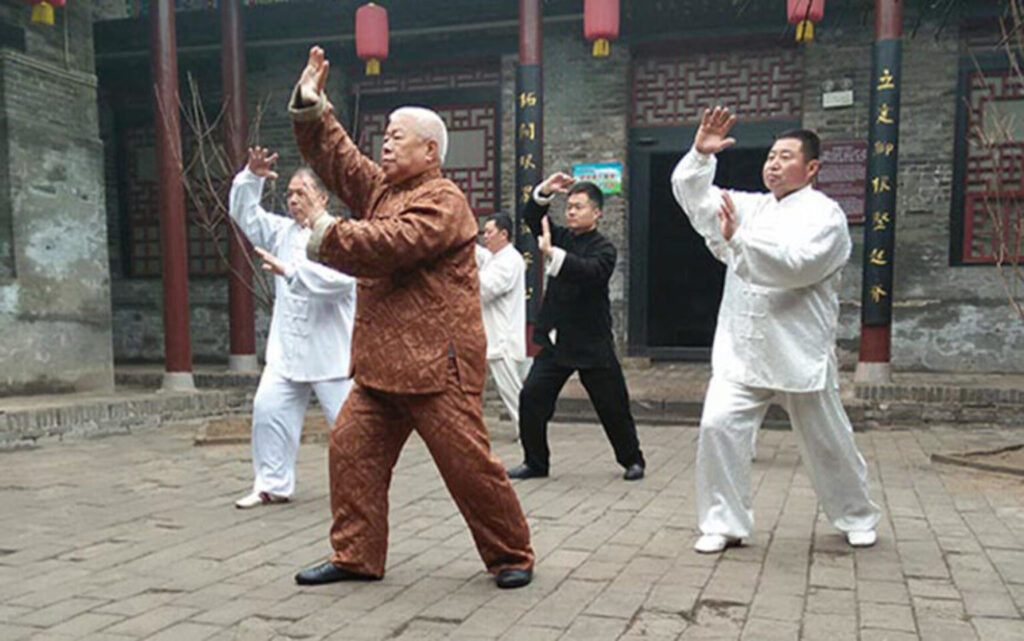Taijiquan

Taijiquan (T’ai Chi Ch’uan) developed as a martial art, although presently many people tend to practice only the basic forms mostly for health and well-being. Also those who practice it as a martial art in most cases are not really focusing too much on demanding fighting practice.
In our Academy you can learn traditional Wu 武 style Taijiquan, which was started by Wu Yuxiang (1912-1880). Sometimes it is called Hao style, because of Hao Weizhen (1842-1920) – the third generation master, who popularized it in bigger area of China.
Wu Yuxiang was a member of a rich, influencjal family and was well educated. He learned from Yang Luchan (1799-1872) – the founder of the Yang style and from Chen Qingping (1795-1868) from Zhaobao. It is said that his brother found a manusript written by certain Wang Zongyue, which became the theoretical basis of Taijiquan. Quite probably it Wang Yuxiang who as the first proposed the name Taijiquan, So called Taijiquan classics, presently used by most schools of Taijiquan come from Wu family, being written down by Wu Yuxiang’s nephew Li Yiyu (1832-1892).
There are at least several branches of this style. We are following the school of master Zhai Weichuan from Guangfu – the craddle of Yang and Wu styles of Taijiquan.
In our Academy the beginners start from learning short forms – 13 movements and 37 movements. Intermediate students learn the long traditional 108 movements form. Those advanced also practice dynamic fa jin movements. There is also weapons practice – sword, sabre and spear/pole. Practice with partner includes tui shou (push hands), application of form movements and additional fighting excercises. Forms are practiced at beginning at medium hight, while leater the position might become higher and shorter.
